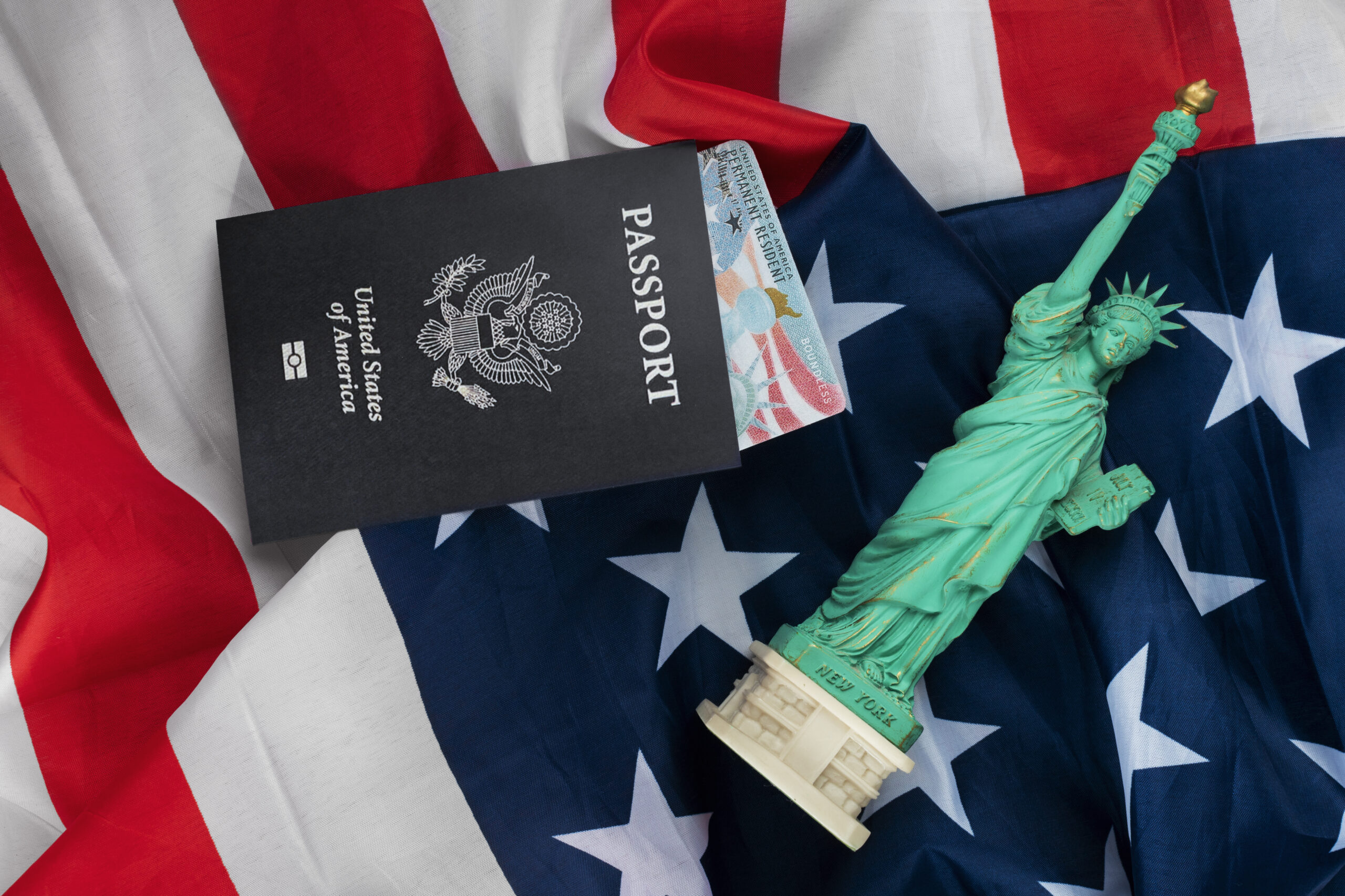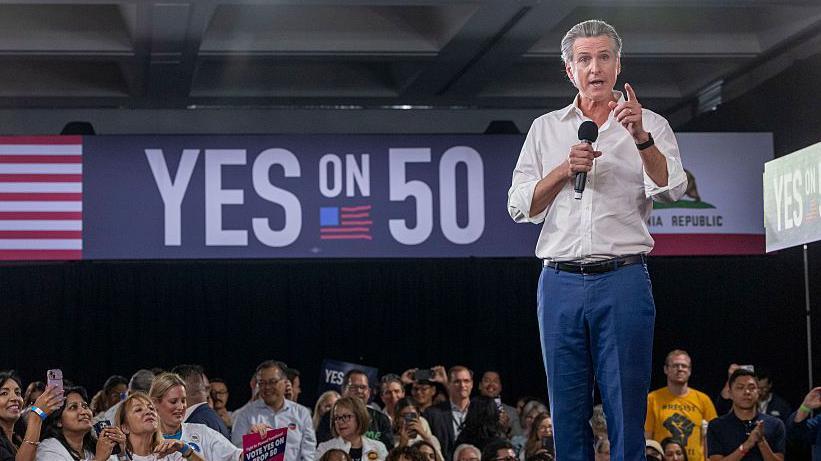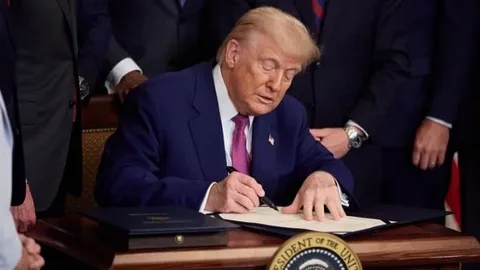The U.S. Travel Association (USTA), the leading trade organisation representing America’s travel industry, has taken a strategic step with the appointment of Erik Hansen as Senior Vice President and Head of Government Relations. In this role, Hansen will steer the association’s advocacy efforts and liaise with policymakers as the U.S. prepares to host high-profile global events such as the 2026 FIFA World Cup and the 2028 Olympic Games.
Strategic Timing & Industry Context
USTA is an industry that is worth around $1.3 trillion in economic output and millions of jobs across the country. With large sporting and cultural events looming on the horizon, the American travel industry is under pressure to upgrade infrastructure, enhance visitor facilitation, and improve global competitiveness.
Hansen arrives with 15 years of experience within USTA, including policy leadership in initiatives like reopening U.S. borders in the wake of the pandemic, creating the TSA PreCheck and Global Entry programs, and promoting travel-infrastructure investment. His appointment reflects USTA’s emphasis on advocacy and policy attention during a period of fast-changing travel trends, visitor expectations and global competition.
Advocacy Focus & Key Policy Areas
In his new position, Hansen will focus on a range of key policy areas central to the success of the U.S. travel industry:
Travel facilitation & border policy: Keeping the U.S. open to international travelers, and thus driving inbound travel growth.
Infrastructure & transportation modernisation: Airports, surface transportation and digital touchpoints are becoming ever more critical to the visitor experience and destination competitiveness.
Mega-event readiness: With the U.S. hosting global sporting events, policies must support security, visitor flow, accommodation and marketing.
Domestic travel growth: While international inbound remains vital, domestic travel demand and regional connectivity are equally important.
By placing emphasis on these areas, USTA aims to address longstanding issues — such as visa processing delays, outdated infrastructure, and siloed destination marketing — which hinder the U.S. travel sector’s full potential.
Implications for the Travel Industry
The change in leadership and direction for USTA has a number of implications:
- Tourist boards and destinations will need to coordinate more tightly with federal advocacy efforts and policy results — not only marketing.
- Travel companies, from airlines to hotels to tour operators, could experience more cohesive lobbying and regulatory activity through USTA’s work under Hansen.
- Competitiveness in the global market: While other nations promote inbound tourism aggressively, the U.S. should streamline its travel infrastructure to prevent losing market share.
- Leveraging mega-events: The coming 2026 World Cup and 2028 Olympics offer a “once-in-a-generation” opportunity. USTA’s advocacy effort could assist in positioning the U.S. travel infrastructure and policy climate to capitalise.
Ge-off Freeman, US-TA President & CEO, said in the announcement:
“I have every confidence he will lead our advocacy efforts with the same integrity, collaboration and commitment he’s demonstrated during his career.”
Challenges Ahead
While there is positive momentum, there are still several challenges to overcome:
Infrastructure bottlenecks: Much of the U.S. airport and transport network still needs heavy investment to keep up with changing traveller needs and global standards.
Visitor experience gaps: Lengthy visa wait times, fragmented transport connections, and variable destination services can hinder international visitor growth.
Balancing domestic versus international travel: As global tourism is recovering unevenly, USTA needs to balance both domestic markets and inbound travel.
Altering traveller habits: Sustainability, virtual experiences and multi-destination travel are emerging trends that need to be adopted by the U.S. travel sector in order to remain current.
Outlook and Conclusion
With Erik Hansen at the helm of USTA’s government-relations agenda, the organization is making it plain that travel policy and infrastructure are just as vital as promotion and marketing. With the U.S. preparing to host mega international events and a shifting travel landscape, USTA’s advocacy work may be crucial in determining how the nation competes internationally for visitors.
Streamlining visa bottlenecks, enhancing transport linkages, and leveraging mega-events will all be under the spotlight. For destinations, travel companies and stakeholders, the transition lights up a moment when policy, infrastructure and visitor experience intersect — and where the U.S. travel sector is resetting for the decade ahead.














Leave a Reply